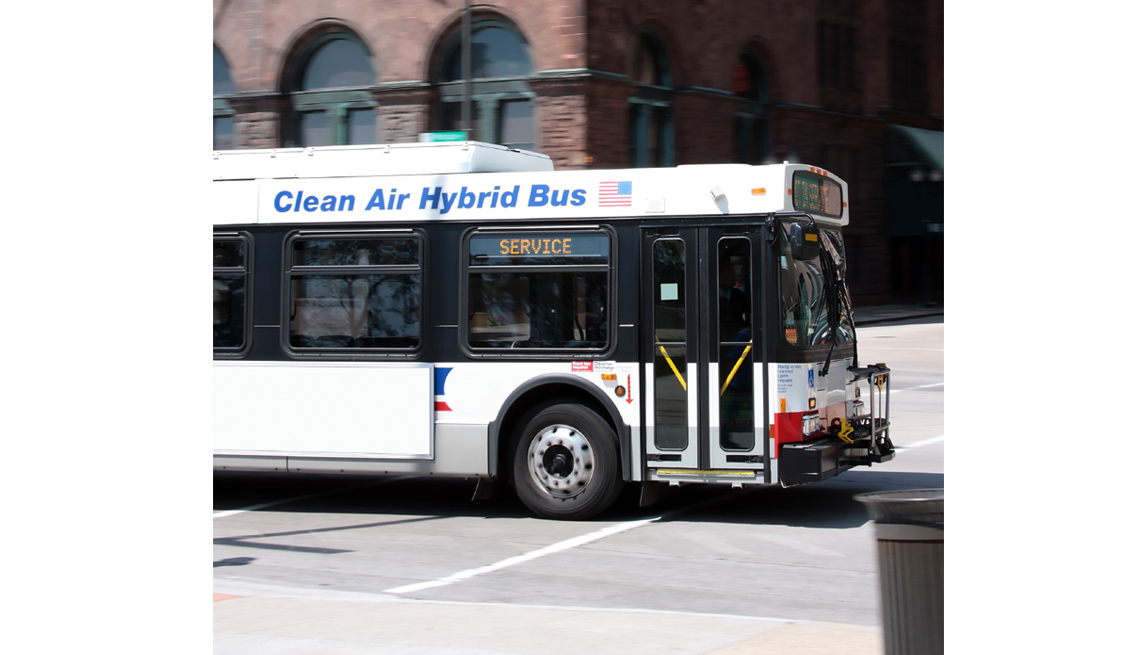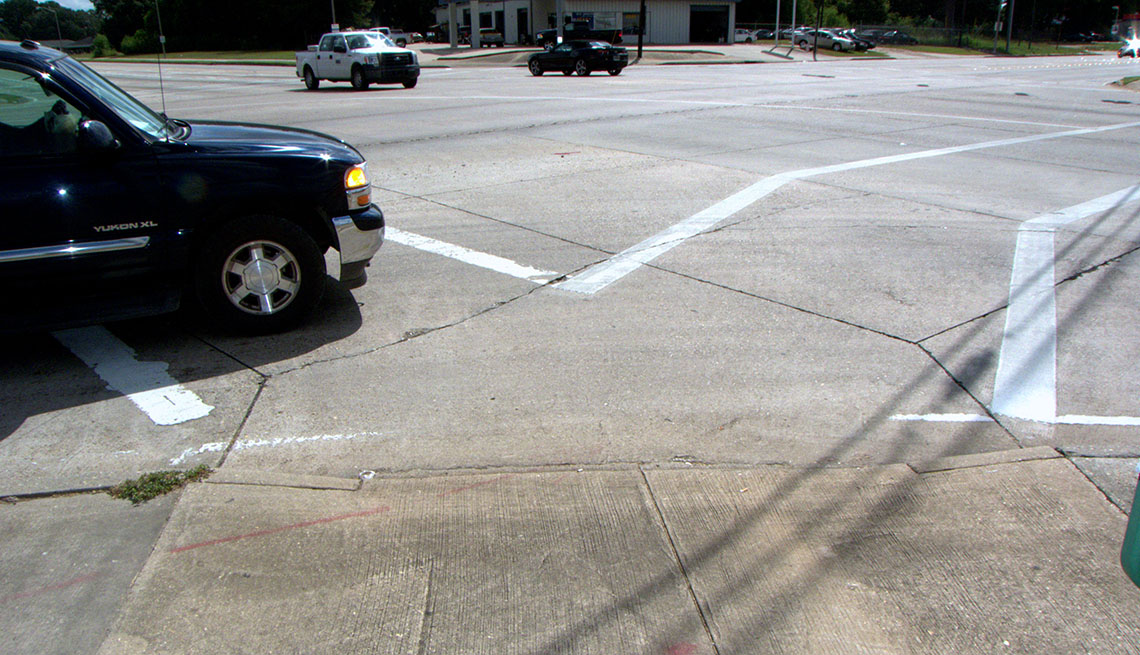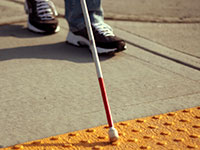Old and New Challenges for People with Vision and Hearing Impairments
On occasion, a step forward can also be a step backward

Photo from iStock
Hybrid vehicles are so quiet they can be a hazard to pedestrians who are blind and rely on surrounding sounds to determine if it's safe to step into a street.
"In Berkeley, California, the sidewalks are completely flush with the street," notes Vinay Pimplé (pronounced Pim-Play), an attorney and member of the city council in Richmond, California. "That was probably meant to make things super easy for people in wheelchairs."
Related Article: 7 Ways to Make Communities More Livable for People With Vision or Hearing Impairments
But, he adds, the curb-free sidewalks make it pretty difficult for people who, like Pimplé, are blind. "There’s no way to tell where the sidewalk has ended and the street has begun."
Other navigation challenges, according to Pimplé and others, include:

Photo by James Scott Crawford/American Foundation for the Blind
Curb ramps oriented diagonally across intersections can make street crossings more difficult for travelers with visual impairments.
- Hybrid vehicles are often so quiet that a person who is blind can't hear them coming.
- Loud trucks and cars make it hard to hear other important sounds.
- Curb cuts that lead into an intersection at a diagonal send people who can't see into the middle of traffic.
- Traffic roundabouts: Since the purpose of a roundabout is to keep vehicles moving, crossing one can be difficult to near impossible for a person with vision impairment.

Photo by James Scott Crawford/American Foundation for the Blind
Without a noticeable slope or curb, a transition from the sidewalk to street may not be discernible to visually impaired travelers.
- Sidewalks placed at varying distances from the street, or sidewalks that are surrounded by cement, make it hard for people with vision impairment to tell if they're still walking on the sidewalk or are actually in the street. (The best type of sidewalk, says Pimplé, is one that has grass on both sides.)
- While traffic islands are often used to help pedestrians cross roads by providing a rest area or safe zone, when a traffic island is installed without an accompanying traffic light, the traffic on either side of the island never has to stop. When the traffic is always moving, a vision impaired person can’t tell when it's safe to cross.
- Architectural or design elements that stick out from buildings at chest or face height without anything beneath for a cane to tap can have painful consequences.
- Subway entrances that have no tactile warning on the ground are a hazard that can cause a person with blindness to fall down the steps.
Coming Attractions
Getting There
"People with diminished or no vision and hearing aren't disabled as much as the built environment we have now is largely disabling,” observes Benjamin Frost, an urban planner, attorney, director of legal and public affairs at New Hampshire Housing and the executive producer of Getting There, an upcoming documentary that explores how "blind wayfinding" can and should serve as the standard that shapes public spaces. Created by filmmaker Matt Frost (Ben's son), Getting There's core message is that a better environment for the blind is a better environment for everyone.
-Melissa Stanton
The Future is Now
At the 2016 ClearMark Awards, an event hosted by the Center for Plain Language (a nonprofit that promotes the use of written language and design that readers can easily understand), the keynote speaker, designer and communications consultant David Berman, declared: "In the last 25 years, millions of people have been liberated by information technology."
As proof, Berman pointed to advances in technology, communications, science, medicine, engineering and transportation that are making it possible for people with all sorts of disabilities — ranging from a temporary broken leg to permanent vision loss — to be active, independent and engaged.
Among the keys to accessibility for all is the Web Accessibility Initiative (WAI), which has developed and keeps enhancing international standards, called Web Content Accessibility Guidelines (WCAG), for how to make websites and the internet more accessible to people with disabilities. Berman's communications firm specializes in developing universally accessible website design, graphic design and wayfinding design. "We live in the first generation when it is truly possible to include everyone," he says.
Karen Haywood Queen is a freelance writer. Melissa Stanton is the editor of AARP.org/livable.
Published June 2016
See Also
- 7 Ways to Make Communities More Livable for People with Vision or Hearing Impairments: Inclusive design and smart solutions prevent isolation and enable independence

Pickleball is a popular game enjoyed by people of all ages. (From the article "Shuffleboard is So Yesterday.")
You May Also Like
- Shuffleboard is So Yesterday
- AARP Livable Communities Slideshows
- AARP Livable Communities Interviews
- AARP Livable Communities How To's
- AARP Livability Fact Sheets
- The AARP HomeFit Guide
- The AARP Network of Age-Friendly Communities
- AARP Livable Communities A-Z Archives
Stay Informed: Subscribe to the free, AARP Livable Communities e-Newsletter!
Stay Informed — For Free!
AARP.org/Livable
Enter a topic, name, place, etc.





